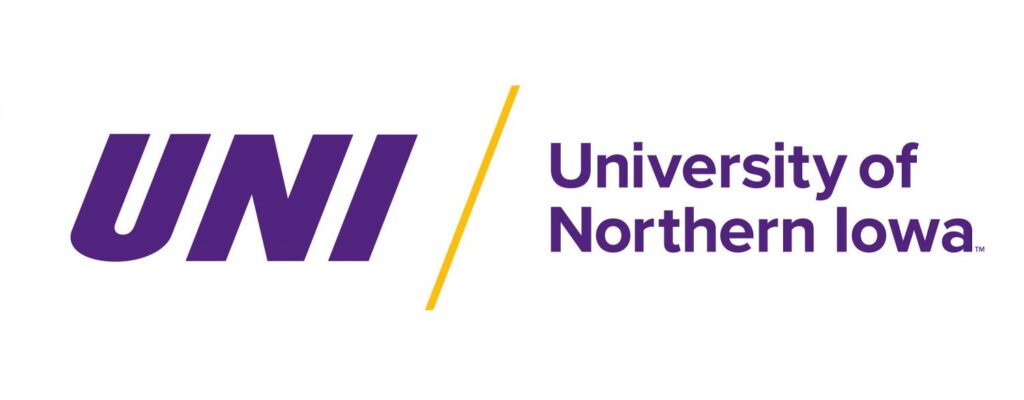Iowa banks show strength in first quarter

Business Record Staff Jun 2, 2023 | 2:24 pm
2 min read time
397 wordsAll Latest News, Banking and FinanceIowa banks reported a strong first quarter of 2023 with growth in active loans, favorable liquidity and a slight increase in deposits, new data from the Federal Deposit Insurance Corp. shows.
“The year-over-year increase in Iowa bank deposits signifies Iowans’ continued trust in local banks who put customer relationships and community first,” John Sorensen, president and CEO of the Iowa Bankers Association, said in a prepared statement.
Iowa-domiciled banks reported $79.4 billion in active loans on their books as of March 31, an increase of 12.9% from the same period in 2022. The loan quality continued to be strong, as net loan charge-offs increased slightly to 0.03% of total loans, compared with 0.02% from first quarter 2022. At 0.39%, the noncurrent percentage of total loans is down from the first quarter 2022 percentage of 0.52%.
Total deposits at Iowa banks were $103 billion as of March 31, up 1% from first quarter 2022 when deposits totaled $102 billion.
First-quarter year-to-date net income for Iowa banks was $321 million, a decrease of less than 1%, or just $3 million, compared with the same period in 2022. The slight year-over-year decline of Iowa banks’ net income is due to lower net interest margins and an increase in provisions, which are set aside by institutions to protect against future loan losses, according to a news release. The increase in provision expense reflects the banking industry’s recognition of risks related to persistent economic uncertainties and slowing economic growth, as well as the increase in loan balances.
Average return on assets, another indicator of overall bank performance, decreased to 1.06% from 1.11% at the end of first quarter 2022. Iowa-chartered banks’ total assets amounted to $121.4 billion at the end of first quarter 2023.
Overall, the FDIC reported this week that the banking industry has proved to be resilient. In the first quarter, asset quality metrics remained favorable and the industry remains well capitalized. However, the FDIC noted that first-quarter results do not yet fully reflect the stress that began in early March.
The FDIC said the banking industry also faces significant downside risks from the effects of inflation, rising market interest rates, slower economic growth and geopolitical uncertainty. These risks have the potential to weaken credit quality and profitability and could result in further tightening of underwriting, slower loan growth and higher provision expenses, according to a news release.










